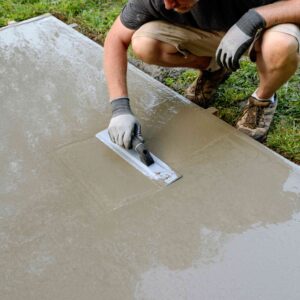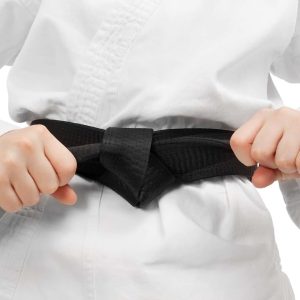Once a building’s foundations become weak, they need to be strengthened so as to support its structure. There are various methods of strengthening them that can be taken.
Underpinning is the practice of expanding existing foundations in one or more directions to cover a more expansive soil stratum. There are multiple Underpinning Melbourne methods, each offering different advantages.
Driven Piles
Driven piles can be constructed using traditional timber construction methods that date back centuries; precast concrete; or steel H-piles that are then driven using an impact hammer to their desired depth or resistance level. They may also provide lateral support for retaining walls; Keller uses various piling equipment including fully enclosed hydraulic hammers which minimize noise disturbance.
Underpinning with piles may be used when there is an unusually heavy load on a building that cannot be adequately supported by traditional slab-on-ground foundation. It should not, however, be implemented without first conducting an appropriate geotechnical investigation to ascertain whether piles are suitable for your site.
Pile underpinning offers several advantages over other methods of underpinning. Pile piles bypass the topmost soil layer and distribute load via their bearing or frictional capacity – saving money compared to methods such as jacking while being faster and more eco-friendly than any alternative method.
Needle Piers
Underpinning is an effective solution when walls have experienced structural movement or are no longer bearing their load, or are no longer capable of supporting themselves due to heavy loads or movement. Underpinning can re-support these walls by expanding their foundation in depth or breadth to rest on more supportive soil strata; or alternatively replacing continuous support conditions with discrete elements like piles and piers.
This technique involves drilling holes to the current soil level, driving steel piers through it until they hit firm stratum, then extracting all soil to build new piled foundations. While this approach may be costly if applied on a larger scale and access is restricted; nonetheless it provides a great alternative when other methods cannot. To provide greater stability piles are placed closer together as part of column underpinning; similarly this approach may be employed when eccentric loads cannot be resolved using micropiles on exterior walls of buildings.
Needle Beams
Needle beams provide an effective alternative to piles when the load needs to be transferred is substantial and soil conditions do not permit piling. They allow loads to be transferred from an existing foundation into one which offers greater support or can distribute its weight over more area of soil.
This cost-effective underpinning method is especially helpful in waterlogged or clayey soils. This approach involves drilling approach pits and digging them up to reach the required depth of new piles before filling them with concrete.
Needles are then attached to an existing weak foundation with needle caps and secured through week walls using raking shores for safe transfer of loads. This underpinning method is highly efficient, taking less time and minimal disruption from building or structure to complete quickly and efficiently while eliminating vibrations caused by pile driving which could otherwise cause harm to old structures.
Dead Beach
Once a building’s foundation becomes unstable, it must be reinforced immediately or else it could settle, crack and crumble due to changing soil composition or an earthquake.
Before beginning underpinning work on any home, experts perform a soil test to ascertain its need. After digging several feet below the surface and collecting a sample of soil from underneath, experts compare their test results with your foundation design to decide if additional support is required for underpinning or not.
Underpinning has long been considered messy and time consuming; but thanks to Geobear’s innovative new technology, the underpinning process can now be completed in only days without disrupting your daily life. Plus it is environmentally-friendly using non-toxic materials safe for families and pets! For more information or assistance please visit our website; our team would be more than happy to assist you!



